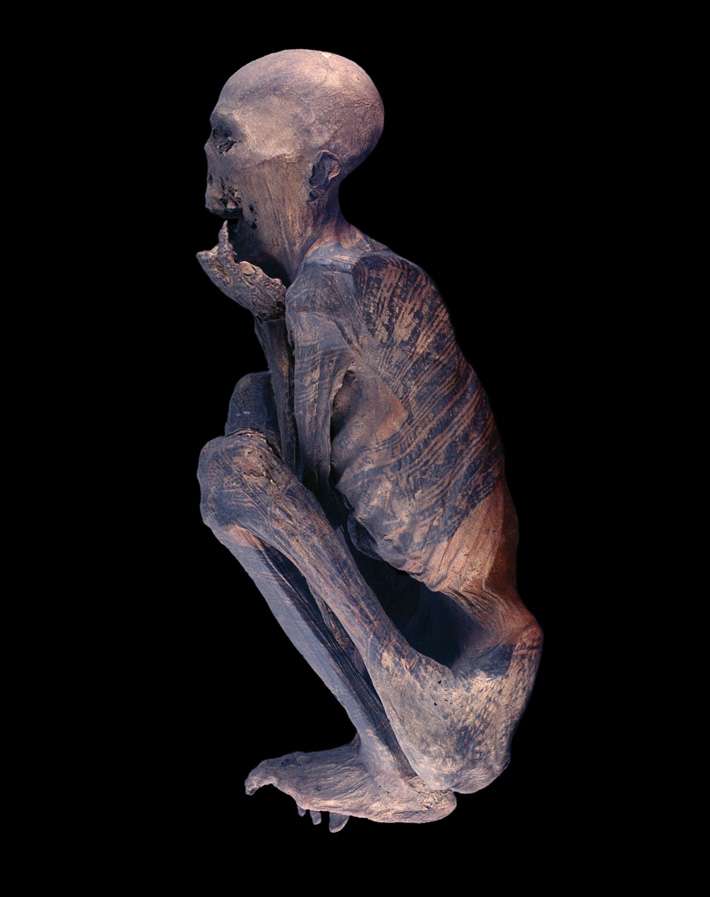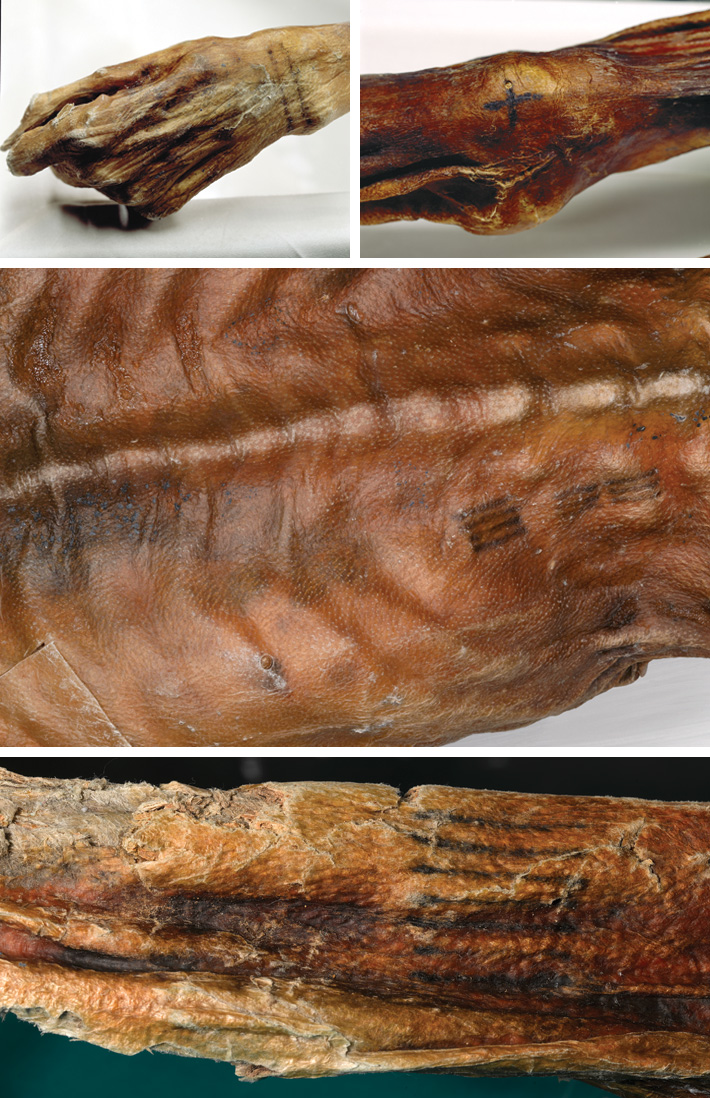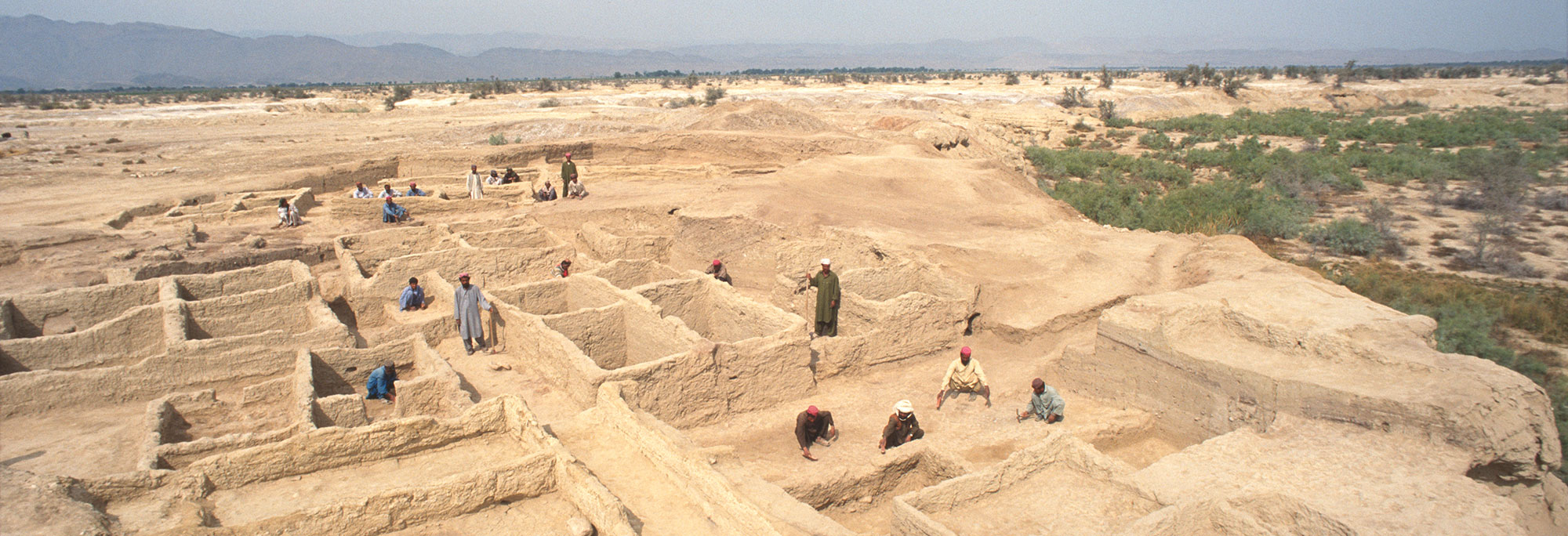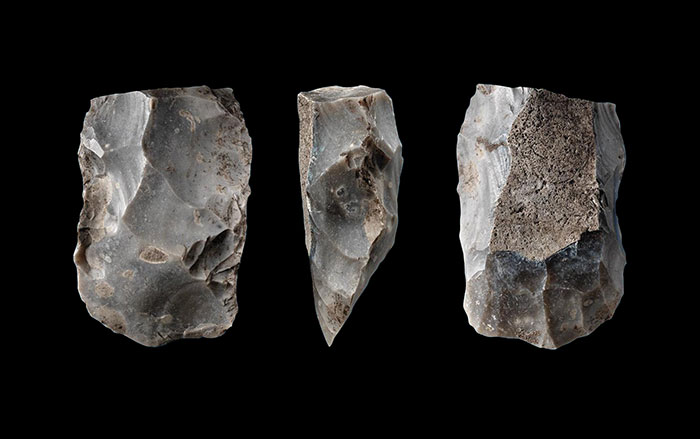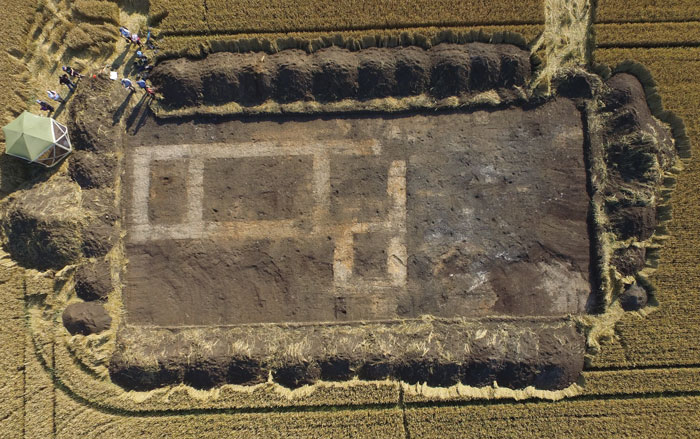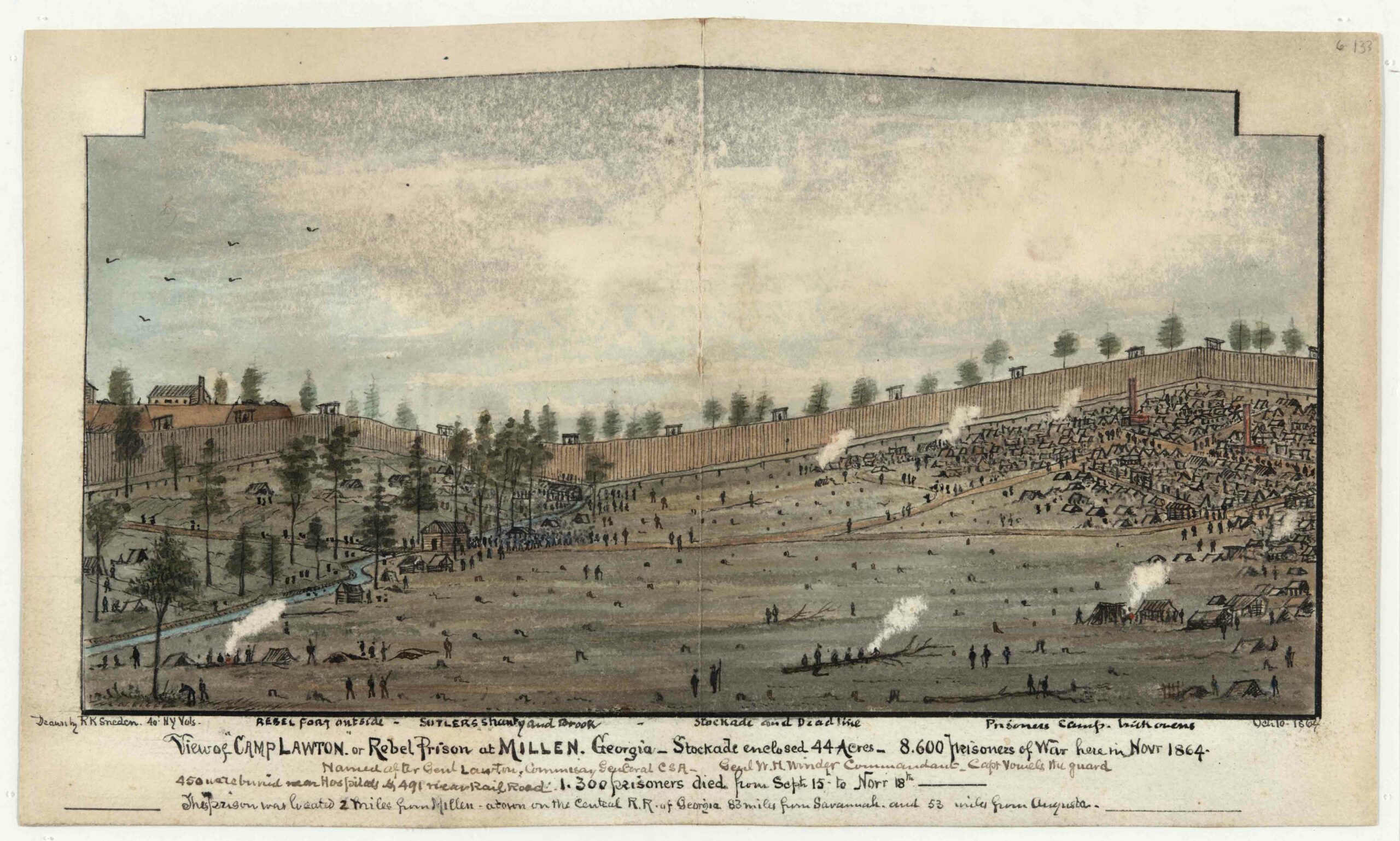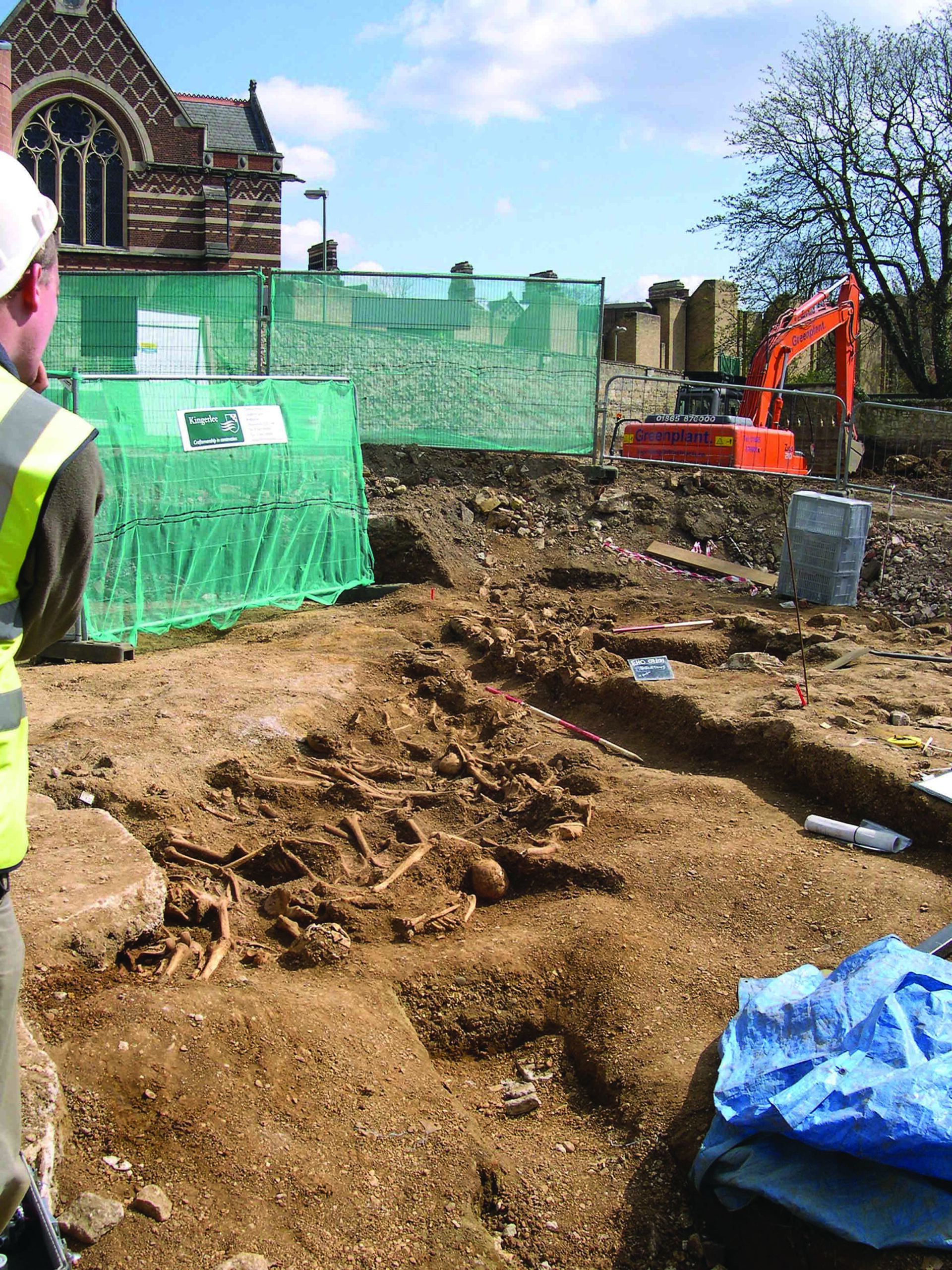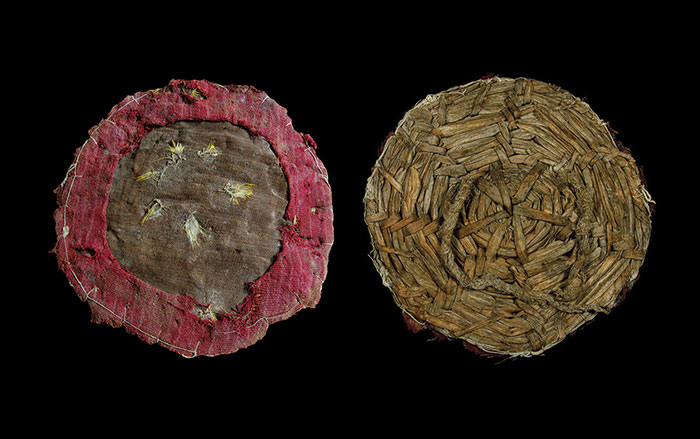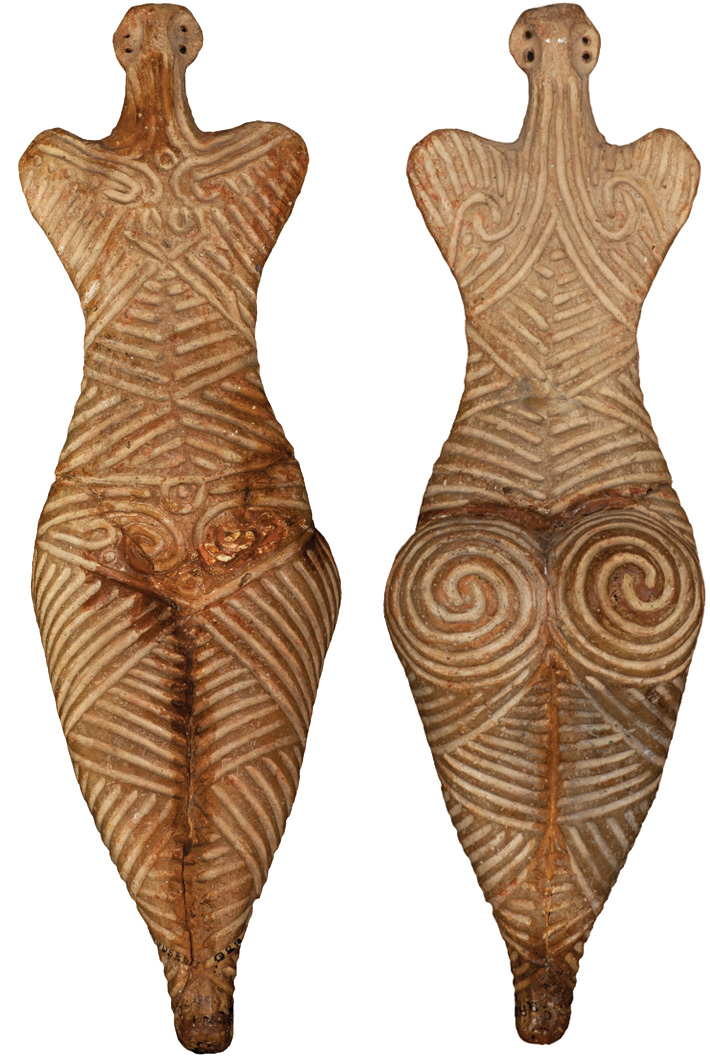
In 1981, more than 20 ceramic human figurines reclining on chairs and bearing elaborate incised decorations were unearthed in northeastern Romania. They, and many other figurines like them—such as the one pictured at right—were made by a people we know today as the Cucuteni culture, which lasted from 4800 to 3000 B.C. in what is now Romania and Ukraine. Some scholars have interpreted these lines as representations of body modification. “They could be tattoos,” says San Francisco State University archaeologist Douglass W. Bailey. “Some say they are clothes, or they could represent something else we don’t understand. We will never know for sure, but in a sense, that’s unimportant. What’s important is that they were using the surface of their bodies to communicate ideas, whether they related to membership in a group or individual identity.” He notes that earlier Paleolithic figurines such as the Venus of Willendorf were unmarked, and that incisions on the bodies of figurines only appear after the beginning of the Neolithic, when ceramics were first made and decorated. “In the Neolithic, people were incising pots by taking a sharp point and cutting away the clay,” says Bailey. “If the pot was a metaphor for the body, that process of engraving could have also been seen as tattooing.” While the practice might have existed in Paleolithic times, there is no evidence for tattooing before 7,000 years ago. Perhaps it was only after the first pots were decorated that people began to contemplate making permanent changes to their own skin’s appearance.


